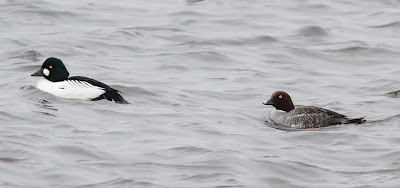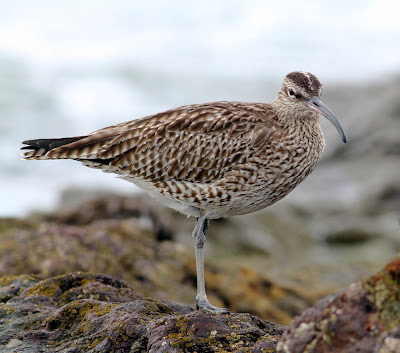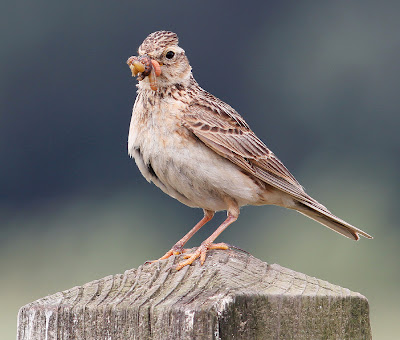As if the weather wasn’t bad enough. Since the weekend I’ve had my annual bout of the common cold to contend with, not that I’m one to exaggerate symptoms or to grumble as Sue will readily testify.
Wiki - “The common cold (also known as nasopharyngitis, rhinopharyngitis, acute coryza, head cold, or simply a cold) is a viral infectious disease of the upper respiratory tract which primarily affects the nose. Symptoms include coughing, sore throat, runny nose, sneezing, and fever which usually resolve in seven to ten days, with some symptoms lasting up to three weeks. Well over 200 virus strains are implicated in the cause of the common cold; the rhinoviruses are the most common.
No cure for the common cold exists, but the symptoms can be treated. It is the most frequent infectious disease in humans with the average adult contracting two to three colds a year and the average child contracting between six and twelve. These infections have been with humanity since antiquity.”
So I wasn’t going far this morning, just sticking to the car with both the hot air blower and the heated seat turned to “max”.
With half-decent light for a change I headed up to Glasson Dock hoping to get better shots of the 10/15 Common Goldeneyes regular on the marina there.
From Wiki again - "Goldeneye and Whistler are common names for a species of small tree-hole nesting northern hemisphere sea ducks belonging to the genus Bucephala. The plumage is black and white. Goldeneyes eat fish, crustaceans and other marine life. The "Whistler" name comes from the noise their beating wings make in flight.
The Bufflehead was formerly separated in its own genus Charitonetta, while the goldeneyes proper were mistakenly placed in Clangula (as Clangula americana), the genus of the Long-tailed Duck which at that time was placed in Harelda.
The three living species are:
- Common Goldeneye Bucephala clangula: they have black bills. Males have a dark green head with a white spot near the bill, under their eye. Females have brown heads.
- Barrow's Goldeneye Bucephala islandica
- Bufflehead Bucephala albeola
Known fossil taxa are:
Bucephala cereti (Sajóvölgyi Middle Miocene of Mátraszõlõs, Hungary - Late Pliocene of Chilhac, France)
Bucephala ossivalis (Late Miocene/Early Pliocene of Bone Valley, USA), which was very similar to the Common Goldeneye and may even have been a paleosubspecies or direct ancestor.
Bucephala fossilis (Late Pliocene of California, USA)
Bucephala angustipes (Early Pleistocene of central Europe)
Bucephala sp. (Early Pleistocene of Dursunlu, Turkey: Louchart et al. 1998)".
Common Goldeneye is the default goldeneye of the UK, the other two species being but rare visitors when poor weather blows them across the Atlantic Ocean - in that case we could be in for one of either pretty soon.
Below are my efforts at the Common Goldeneyes of today. Far from perfect pictures, the birds wary in being too close but I was able to use IS400 in today’s better light. Inevitably I took more pictures of the males than of females. Sorry girls, but you have to admit that in some animals the average male of the species is better looking than the run of the mill female.
Common Goldeneye
Common Goldeneye
Common Goldeneye
Common Goldeneye
Common Goldeneye
So Wiki, here a “cure” to the common cold. A bedtime glass or two of the common Grouse, readily obtained from your local supermarket or corner shop. The amber liquid may not actually cure the dreaded sniffles but it’s guaranteed to warm the cockles of your heart and give a good night’s sleep.
The Famous Grouse
If the cure works the blog should be up and running as normal very soon.
Stay tuned, but stay sober. Linking today to Eileen's Saturday Blog and Camera Critters.
Stay tuned, but stay sober. Linking today to Eileen's Saturday Blog and Camera Critters.











.jpg)






































































